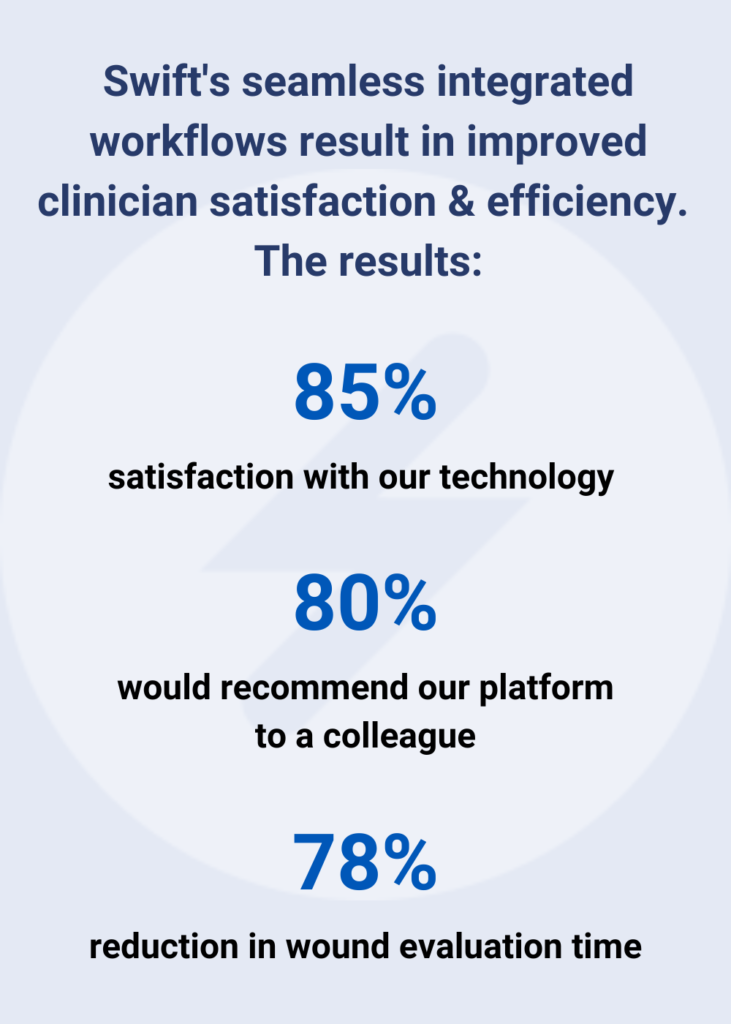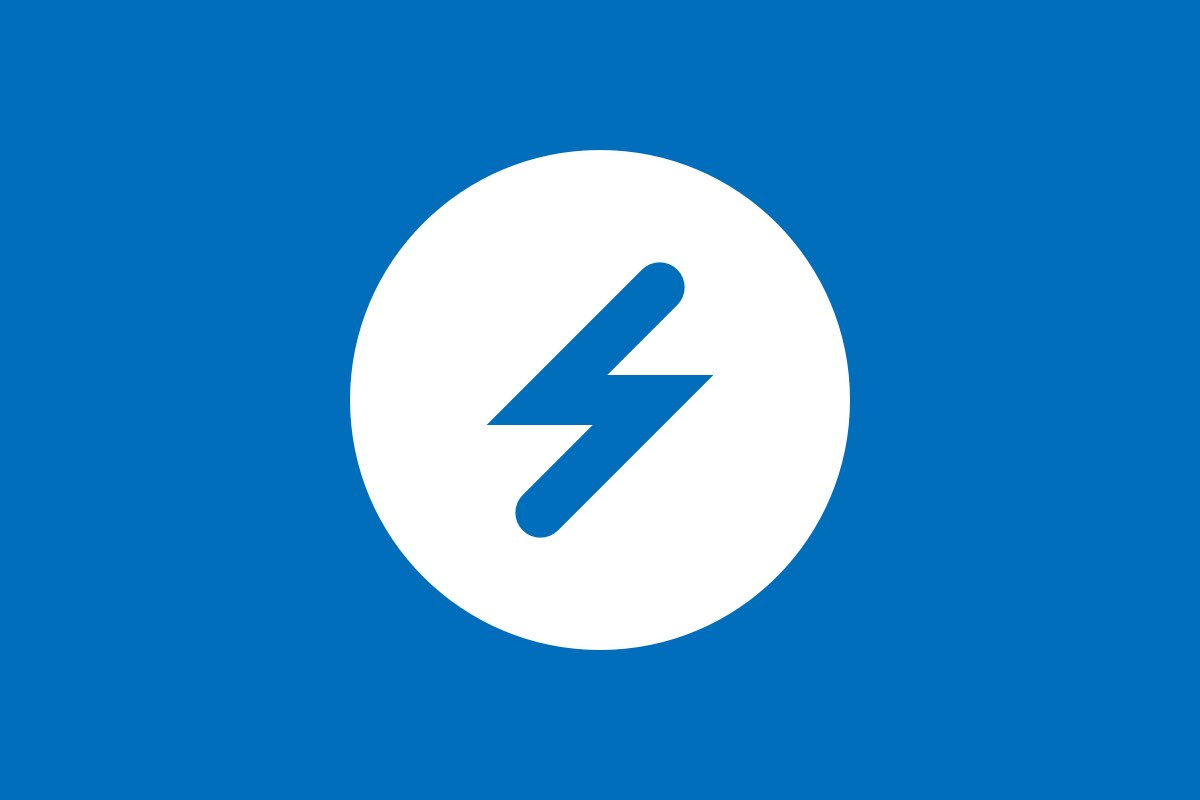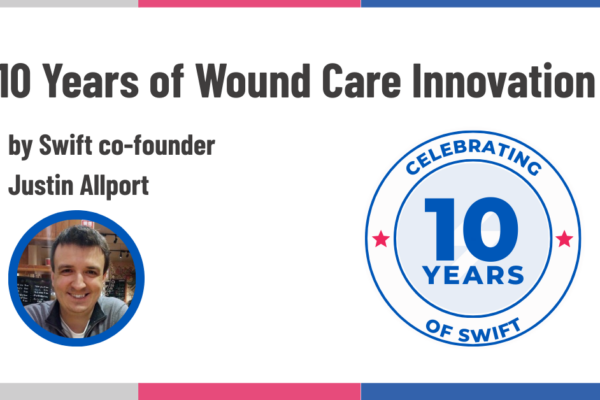Ask any clinician and the last thing they’ll tell you is that they need more technology. It’s not that they are against innovation, only that they have been burned too many times before. Every software vendor promises an improved clinician experience. However, the reality after implementation is too often extra steps added to clinical workflows, duplicate documentation, and more time looking at screens and less time interacting with patients.
The Consequences of Stagnation
The consequences of this problem are profound. Atul Gawande helped raise awareness of this issue in the general consciousness with his 2018 New Yorker article, Why Doctors Hate their Computers. A study cited in the article from the University of Wisconsin found troubling levels of burnout correlated with more time interacting with EMRs: 47% of clinicians reported experiencing depression and 7% reported suicidal thinking, close to twice the national average for the general workforce.
Transforming the Clinician Experience with Wound Care Integration
The answer, however, is not to abandon technology and return to some imagined golden age of healthcare before the introduction of computers. Technology has numerous benefits, and innovative applications of technology can improve the quality of care, especially in areas where clinicians lack specialized training. Perhaps nowhere is this more true than wound care. Over 90% of hospital clinicians have little to no confidence in wound management. Making matters worse, there is only one wound-certified nurse for every 500 patients diagnosed with acute or chronic wounds. Tools that can provide clinicians with the latest best practices and guidelines at the point of care can go a long way towards improving confidence. So too can tech that leverages AI to improve the accuracy of wound measurement beyond the inherent inconsistency of the paper ruler.
Ultimately though, introducing digital wound technology is no guarantee that staff will experience the promised benefits. Similar to EMRs, if wound technology adds extra steps to their day or is cumbersome to use at the bedside it is more likely to cause frustration than to improve satisfaction. This is why Swift Medical has designed all of our technology with deep empathy. We have the largest team of wound specialists on staff of any digital wound care company in the world and truly aim to deliver best-in-class technology for clinicians, by clinicians. We strive to deliver a seamless wound care workflow via integrations with the leading EMRs in home health, skilled nursing, wound clinics, and hospitals. Swift has integrations with EMRs that account for the vast majority of registered health care beds in the country.
The Results Speak for Themselves

Clinicians using Swift for 6+ months report more than 85% satisfaction with our technology and more than 80% of them would recommend our platform to a colleague. And unlike other technology that adds time to their day, Swift has been shown to reduce wound evaluation time by 78%, as demonstrated in the results of a recent peer-reviewed study. This time saving is a result of the reduced need to document results twice, transfer files from digital cameras with usb cables, and manually label images or reports. Swift’s integrations with other commonly used medical information systems streamlines the entire workflow so that clinicians can focus on their patients and not on their computers.
“The easiest part was training my staff, they really loved using Swift.”
Ashley Garcia, Director or Nursing
Forte Health Services
To see how Swift’s technology can transform your wound program with improved patient outcomes and clinician satisfaction, book a demo today.





